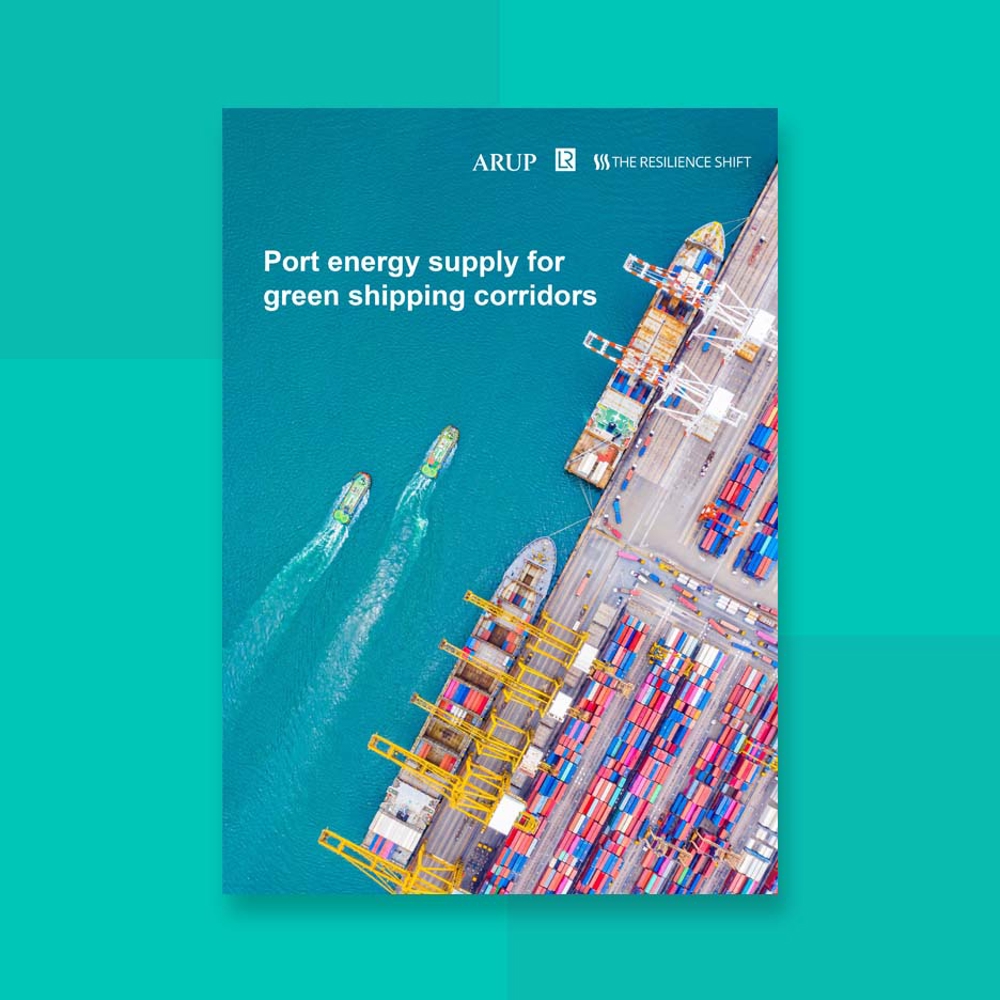International shipping is a vital industry, facilitating global trade and transporting people around the world. At the same time, it produces greenhouse gas emissions – comparable in scale to industrialised nations such as Germany or Japan - and is a significant source of air pollution. Urgent action is required to reduce emissions in a sustainable manner. The production, supply, and use of alternative fuels – many of which are linked to the hydrogen economy - are essential to this aim.
This report explores the opportunities and challenges associated with developing infrastructure for alternative fuels through a case study of a green shipping triangle in the Atlantic. This considers the global challenge at an initial project scale, considering how demand for alternative fuels could grow at a port level to realise ambitious climate action. This report explores the infrastructure required for low-carbon fuel supply, demonstrating the significant scale required even for initial projects and highlighting the need for an integrated approach to their development. Also, it frames how a Total Value approach to these initial projects can unlock significant co-benefits, strengthening their case for investment.
Decarbonising shipping:
The global challenge Reducing emissions from shipping, in line with Paris Agreement goals, requires largescale investment in landside infrastructure, for production and supply of alternative fuels, involving commercial-scale pilot projects in the next decade. Shipping’s international nature, along with the relatively high cost and uncertain route to decarbonisation, make this a particularly challenging area of action. But delivering resilient and low carbon energy systems, production facilities and refuelling infrastructure for shipping fuels can realise significant co-benefits for the planet and the economy






